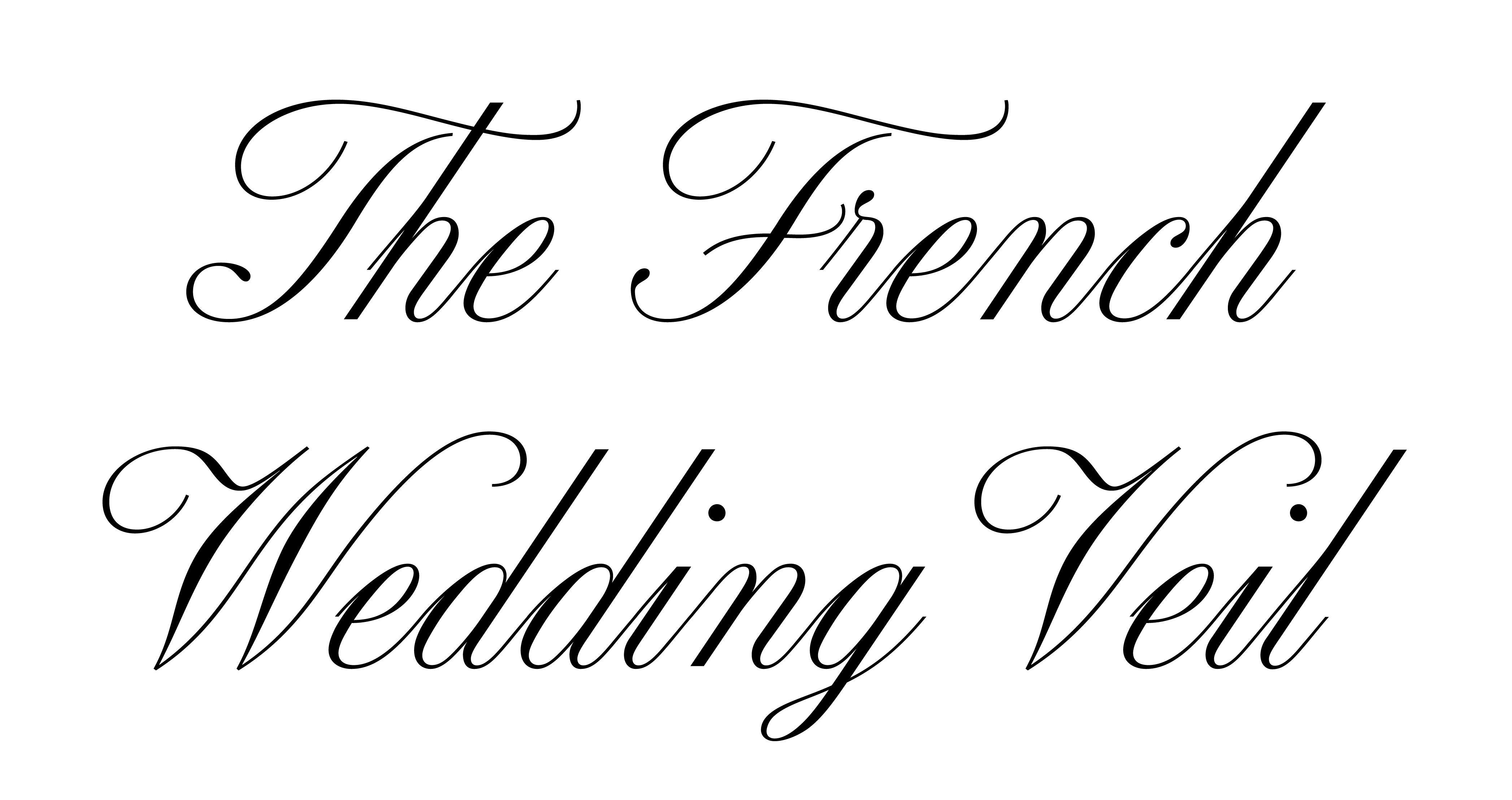What Are Wedding Veils Supposed to Look Like? The Complete 2025 Guide
After years of styling brides, here's the truth: there's no single "correct" way for wedding veils to look. But there are smart guidelines that will help you choose the perfect one for your dress, venue, and style.
The short answer: Wedding veils are supposed to complement your dress, flatter your face shape, and make you feel confident. Everything else is personal preference.
What Makes a Wedding Veil Look "Right"
A properly chosen veil creates harmony with your overall bridal look rather than competing with it. The key is understanding that your veil should enhance what you're already wearing, not distract from it.
Your perfect veil should:
- Balance your dress silhouette perfectly
- Make you feel more bridal, not like you're wearing a costume
- Feel comfortable and secure throughout your wedding day
- Photograph beautifully from every angle
Your veil should balance your dress silhouette perfectly. The goal is to create one cohesive bridal ensemble where every piece supports the others.
Most importantly, your veil should feel like an extension of yourself. When you put it on, you should feel more bridal, not like you're wearing a costume. The right veil makes you stand taller and smile wider because it feels authentically you.

Wedding Veil Lengths: What Looks Best Where
Choosing the right veil length is key, it shapes your silhouette and affects comfort throughout the day.
Birdcage Veil (6–9")
A chic, vintage style perfect for intimate weddings, courthouse ceremonies, or brides who want subtle tradition without a full veil. Works with retro or modern hairstyles but not ideal for dramatic flowing portraits.
Shoulder to Elbow (12–25")
Casual yet elegant. Great for outdoor, smaller venues, or brides who want comfort and easy movement. Budget-friendly and simple to wear.
Fingertip Veil (36–40")
The most popular length. Versatile, flattering with any dress, and easy to wear. Offers graceful movement and beautiful photos without overwhelming you.
Chapel (≈90")
Formal and floor-sweeping, perfect for larger venues. Creates stunning photos but may require help managing and often removed for the reception.
Cathedral Veil (108"+)
The ultimate statement veil. Dramatic and formal, suited to grand venues. Breathtaking in photos but must be removed for dancing.
💭 Want to learn more about wedding veil lengths? Read our full guide.
How to Match Your Veil to Your Dress (The Easy Way) to Make It Look Right
Simple Dress = Bold Veil
Minimal gowns let your veil add the drama, think cathedral length, lace or beaded edges, metallic embroidery, multiple tiers, or even soft colors like blush. Longer lengths work best; shorter veils may disappear against plain fabrics.
Detailed Dress = Simple Veil
If your gown has lace, beading, or embroidery, let it shine. Opt for plain tulle, clean cut edges, single layers, shorter lengths, and minimal embellishment. Match veil color carefully to your dress tones.
👉 For more styling tips, read our guide on how to choose your wedding veil
Wedding Veil Mistakes That Make You Look Amateur
Understanding common veil mistakes can save you from costly errors and ensure your bridal look appears polished and intentional.
1. Veil Longer Than Dress Train
One of the most common and noticeable mistakes is choosing a veil that extends beyond your dress train. This creates an unbalanced silhouette that looks unfinished rather than elegant. Your dress train should always be the longest element of your bridal ensemble.
2. Too Much Veil for Small Venue
Cathedral and chapel veils require adequate space to display properly. In small venues, overly long veils can dominate the space, making both the venue and the bride appear overwhelmed. Consider your ceremony and reception spaces when choosing veil length.
3. Competing Details
Visual chaos occurs when too many detailed elements compete for attention simultaneously. A heavily laced dress paired with a lace-edged veil and lace shoes creates overwhelming texture without focal points.
4. Poor Placement
Veil placement significantly affects both your comfort and appearance throughout your wedding day. Placement that's too high can create a costume-like appearance, while placement that's too low risks the veil sliding off during your ceremony.
What Wedding Veils Look Like in Real Weddings
Understanding how different veil styles work in actual wedding scenarios helps you make practical choices that will photograph beautifully and feel appropriate for your celebration style.
-
Intimate Wedding (<50 guests): Shoulder to fingertip veils feel elegant yet understated, perfect for smaller, relaxed spaces.
-
Traditional Church: Chapel or cathedral lengths suit the formality and grandeur, creating unforgettable processionals.
-
Outdoor/Beach: Shorter, lightweight veils prevent dragging on grass or sand while catching the breeze beautifully.
-
Formal Evening: Longer, dramatic veils add glamour; cathedral styles look especially striking under evening lights.
The Bottom Line: What Wedding Veils Are Actually Supposed to Look Like
After three decades of helping brides find their perfect veils, I've learned that the most important criterion is how the veil makes you feel. Your wedding veil is supposed to look like it belongs with your dress, complements your chosen venue, and makes you feel like the most beautiful version of yourself.
There's no universal standard for how wedding veils should look because every bride, dress, and wedding is unique. What matters is creating harmony between all elements of your bridal look while staying true to your personal style and comfort level.
The "perfect" veil is simply the one that:
- Makes you smile when you see yourself in the mirror
- Enhances your natural beauty
- Feels like an authentic expression of your bridal vision
- Works practically with your wedding day plans
- Fits comfortably within your budget
Still unsure? Take photos of yourself in different veil styles with your dress. The right combination will be immediately obvious in pictures - it's the one where you look at the photo and think "That's exactly how I want to look as a bride." Trust that instinct, and you'll choose perfectly.
👉 Looking for inspiration? Discover how our real brides wore their veils.
FAQs About Wedding Veils
Do I have to wear a veil?
Not at all, it’s a personal choice. Many brides prefer floral crowns, headbands, or going without. That said, a veil adds instant bridal elegance, frames your face beautifully, and creates unforgettable photos during the ceremony.
What if my dress is heavily detailed?
When your gown has lace, beading, or embroidery, a simple veil works best. Think clean-edged tulle, single-layer designs, or fingertip length. This way, your veil complements instead of competing with your dress.
Can I wear a vintage veil?
Absolutely. Family heirloom veils can be restored or modernized by a skilled designer. Keep in mind that older lace or tulle may be delicate, so some reinforcement or re-creation might be necessary.
Does the veil need to match my dress color?
Not perfectly. Soft variations, like pairing ivory with off-white, can look natural. But avoid stark contrasts (e.g., bright white with champagne). The goal is harmony, not distraction.
How long should my veil be?
It depends on your venue, dress, and personal style. Shorter veils suit casual or outdoor weddings, while chapel and cathedral lengths bring drama to formal settings. Fingertip is the most versatile choice.
When should I order my veil?
Ideally 3–6 months before the wedding. Custom or lace-trimmed designs may take longer, so plan ahead to allow fittings and adjustments.
Can I wear my veil all night?
Yes, but many brides remove it after the ceremony or dinner to dance more freely. Choose a style with an easy comb or clip so it can be taken off without disturbing your hair.
Do veils work with all hairstyles?
Most, yes. Veils can be secured into updos, half-up styles, or even loose waves. Your hairstylist can help place it securely depending on the length and weight.
Final Thoughts: Your Perfect Veil Awaits
Ready to find your perfect veil? Book a consultation with an experienced bridal stylist who can show you options with your actual dress and help you make the final decision with confidence.
The rule of three works well in bridal styling:
- Choose a maximum of three detailed elements
- Keep everything else simple
- If your dress features intricate lace, pair it with a simple veil
- If you love a beaded veil, choose a cleaner dress style
Ready to find your perfect veil?
Explore Our Veil Collection or Request a Free Consultation







